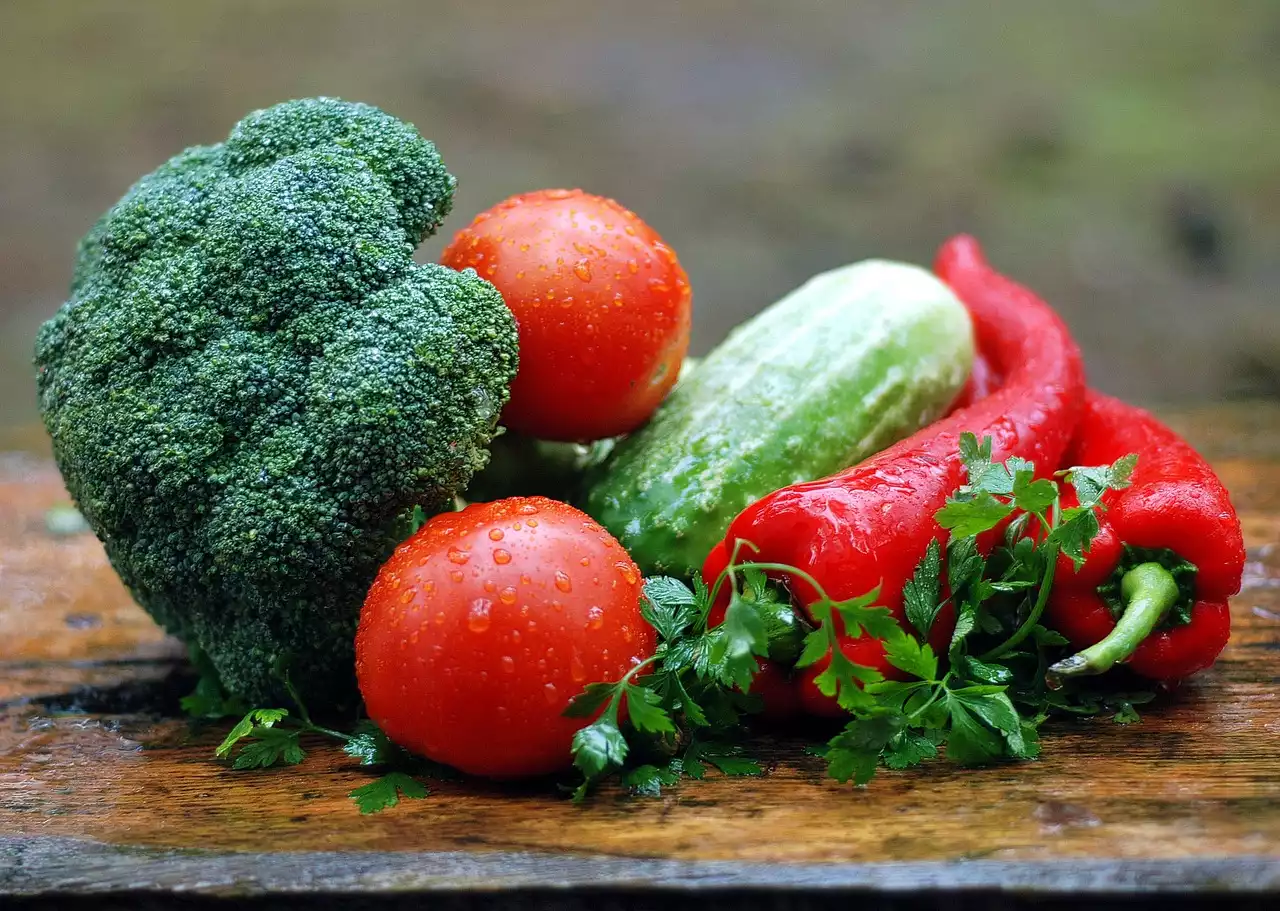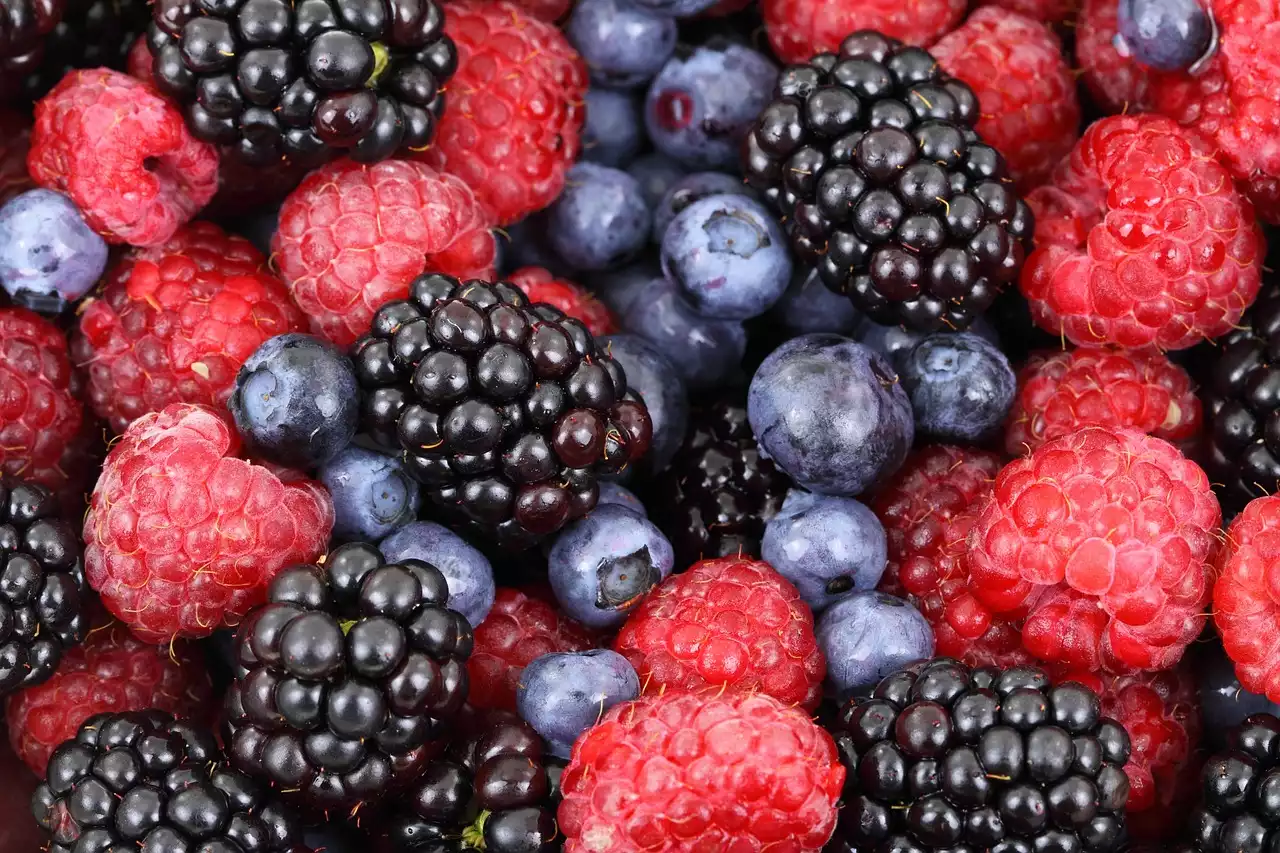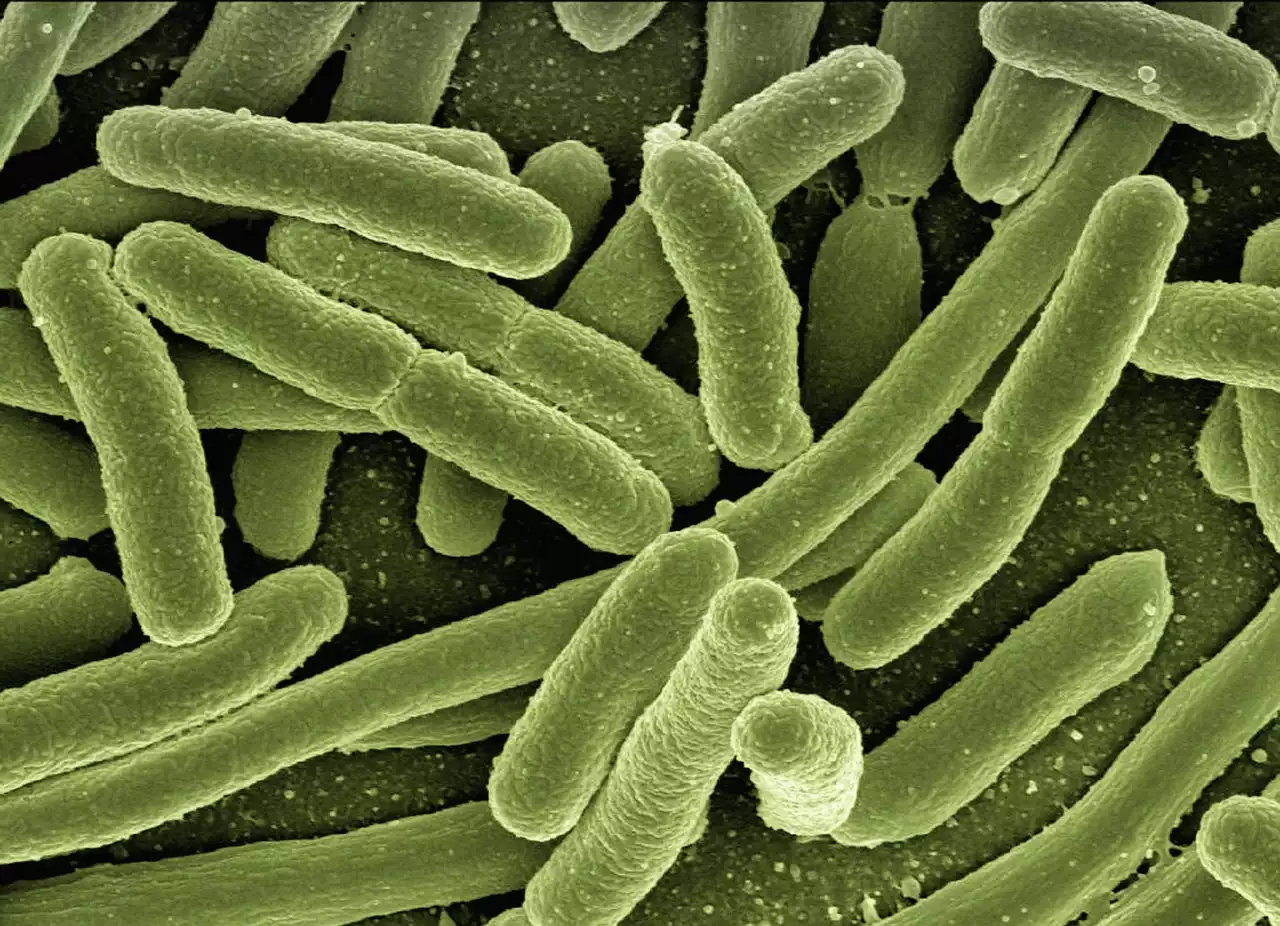The Importance of Incorporating Fruits and Vegetables into Your Diet
Fruits and vegetables are an essential part of a healthy diet. They are rich in vitamins, minerals, and fiber, which are essential for maintaining good health. Eating a variety of fruits and vegetables can also help reduce the risk of chronic diseases such as heart disease, stroke, and some types of cancer. Despite their many benefits, many people struggle to incorporate enough fruits and vegetables into their meals. According to the Center for Disease Control and Prevention (CDC), only one in ten adults in the United States eats enough fruits and vegetables each day.
One of the reasons why people find it challenging to eat enough fruits and vegetables is that they are not sure how to prepare them. Many people are used to eating processed foods that are high in calories, fat, and sugar, and they find it challenging to transition to a healthier diet. However, with a little creativity and some simple strategies, it's easy to add more fruits and vegetables to your meals.
So, why not start incorporating more fruits and vegetables into your diet today? Your body will thank you for it!
Discover the Benefits of Incorporating Fruits and Vegetables into Your Diet
5 Easy Ways to Add More Fruits and Vegetables to Your Meals
1. Recipe Ideas for Incorporating More Fruits and Vegetables into Your Meals
One of the easiest ways to add more fruits and vegetables to your meals is to use them in your favorite recipes. You can add diced vegetables to soups, stews, and casseroles, or toss them into salads, stir-fries, and pasta dishes. You can also use fruits to sweeten your dishes naturally. For example, you can add sliced bananas or berries to your oatmeal, or top your yogurt with chopped apples or pears.
Here are some recipe ideas to get you started:
- Vegetable stir-fry: sauté your favorite veggies, such as bell peppers, onions, and carrots, and serve them with brown rice or quinoa.
- Fruit salad: chop up a variety of fruits, such as strawberries, pineapple, and kiwi, and serve them with a dollop of Greek yogurt.
- Smoothie bowl: blend frozen fruits, such as bananas and berries, with Greek yogurt and milk, and top with granola and sliced almonds.
- Roasted vegetables: toss your favorite veggies, such as broccoli, cauliflower, and sweet potatoes, with olive oil and seasonings, and roast them in the oven until crispy.
- Veggie wraps: wrap your favorite veggies, such as cucumbers, avocado, and sprouts, in a whole-grain tortilla with hummus or tahini.
2. How to Shop for Fruits and Vegetables on a Budget
Another reason why people struggle to eat enough fruits and vegetables is that they think they are expensive. However, with a little planning and creativity, it's easy to shop for fruits and vegetables on a budget. Here are some tips to help you save money:
- Buy in season: fruits and vegetables that are in season are usually less expensive than those that are out of season. Visit your local farmer's market or grocery store to see what's in season in your area.
- Shop at discount stores: discount stores, such as Aldi and Lidl, often have lower prices on fruits and vegetables than traditional grocery stores.
- Buy frozen: frozen fruits and vegetables are often less expensive than fresh, and they are just as nutritious. They are also convenient because you can use only what you need and store the rest in the freezer.
- Buy in bulk: if you have space in your freezer, consider buying your favorite fruits and vegetables in bulk when they are on sale. You can portion them out and use them in your recipes throughout the week.
3. The Benefits of Eating a Diet Rich in Fruits and Vegetables
Eating a diet rich in fruits and vegetables has many benefits. Here are some of the reasons why you should incorporate more fruits and vegetables into your meals:
- They are low in calories and high in fiber, which can help you feel full and satisfied.
- They are rich in vitamins and minerals, which are essential for good health.
- They are loaded with antioxidants, which can help protect your cells from damage.
- They can help reduce the risk of chronic diseases such as heart disease, stroke, and some types of cancer.
- They can help boost your immune system and keep you healthy.
4. Tips for Meal Planning with Fruits and Vegetables
Meal planning is an excellent way to ensure that you are eating a healthy diet that is rich in fruits and vegetables. Here are some tips to help you get started:
- Plan your meals around fruits and vegetables: choose your favorite fruits and vegetables and plan your meals around them. For example, if you love sweet potatoes, plan to make sweet potato fries, sweet potato soup, and sweet potato tacos during the week.
- Prep your fruits and vegetables in advance: wash and chop your fruits and vegetables at the beginning of the week, so they are ready to use in your recipes.
- Use your slow cooker: slow cookers are an excellent way to cook vegetables because they retain their nutrients and flavor. You can make soups, stews, and casseroles that are loaded with vegetables.
- Make extra: when you make a recipe that contains fruits and vegetables, make extra and pack it for lunch the next day.
5. Healthy Snacks Ideas that Include Fruits and Vegetables
Snacking is an excellent way to incorporate more fruits and vegetables into your diet. Here are some healthy snack ideas that include fruits and vegetables:
- Apple slices with almond butter
- Carrot sticks with hummus
- Celery with peanut butter
- Berry smoothie with Greek yogurt
- Roasted chickpeas with bell peppers
The Role of Fruits and Vegetables in Weight Loss
If you're looking to lose weight, incorporating more fruits and vegetables into your meals can be an effective strategy. Fruits and vegetables are low in calories, high in fiber, and loaded with nutrients, which can help you feel full and satisfied. They can also help reduce your risk of overeating because they take up space in your stomach.
Research has shown that people who eat a diet rich in fruits and vegetables tend to have a lower body mass index (BMI) than those who don't. They are also more likely to maintain their weight loss over time.
Common Misconceptions about Eating Fruits and Vegetables
There are several misconceptions about eating fruits and vegetables that can make it challenging to incorporate them into your meals. Here are some of the most common myths:
- Myth: Fruits and vegetables are expensive. Truth: There are many ways to shop for fruits and vegetables on a budget, such as buying in season and frozen.
- Myth: Fruits and vegetables are not filling. Truth: Fruits and vegetables are high in fiber, which can help you feel full and satisfied.
- Myth: Fruits and vegetables are not as tasty as other foods. Truth: Fruits and vegetables can be delicious when prepared properly.






.png?size=50)



